Full Automatic Constant Pressure Variable Frequency Water Supply Equipment is a new generation of hi...
See DetailsDriving Pressure and Performance: The Role of Vertical Multistage Pipeline Pumps in Modern Fluid Systems
Industry News-In today’s fast-paced industrial and urban environments, reliable and energy-efficient fluid transport is critical. As infrastructure expands and demand for water pressure consistency increases across sectors, the Vertical Multistage Pipeline Pump has emerged as a key player in the evolution of pipeline pump technology. Known for its high pressure, compact design, and operational stability, this pump type is now widely adopted across commercial buildings, municipal water systems, and process industries. This article explores the design, benefits, applications, and market trends shaping the future of vertical multistage pipeline pumps.
What Is a Vertical Multistage Pipeline Pump?
A Vertical Multistage Pipeline Pump is a high-efficiency centrifugal pump designed to handle liquid transfer with increased pressure over long distances or high-rise structures. Unlike single-stage pumps, multistage pumps feature multiple impellers mounted on a common shaft within a vertical configuration. Each stage incrementally increases the pressure, making the pump ideal for systems requiring constant, high-pressure flow without significant energy loss.
The vertical pipeline structure makes this pump especially valuable where floor space is limited. It connects seamlessly into pipeline systems, allowing for easy integration without the need for major structural modifications.
Key Features and Technological Advances
Technological improvements have significantly enhanced the performance and adaptability of vertical multistage pipeline pumps. Today’s models boast a variety of advanced features:
High Efficiency Impellers: Precision-cast stainless steel impellers reduce hydraulic losses and offer corrosion resistance, ideal for clean water and mildly aggressive fluids.
Compact Vertical Design: The vertical orientation not only saves floor space but also simplifies pipeline alignment, especially in buildings and modular mechanical rooms.
Multi-Stage Pressure Boosting: Multiple stages allow for high head output, making these pumps suitable for systems with varying elevation levels or long-distance transmission.
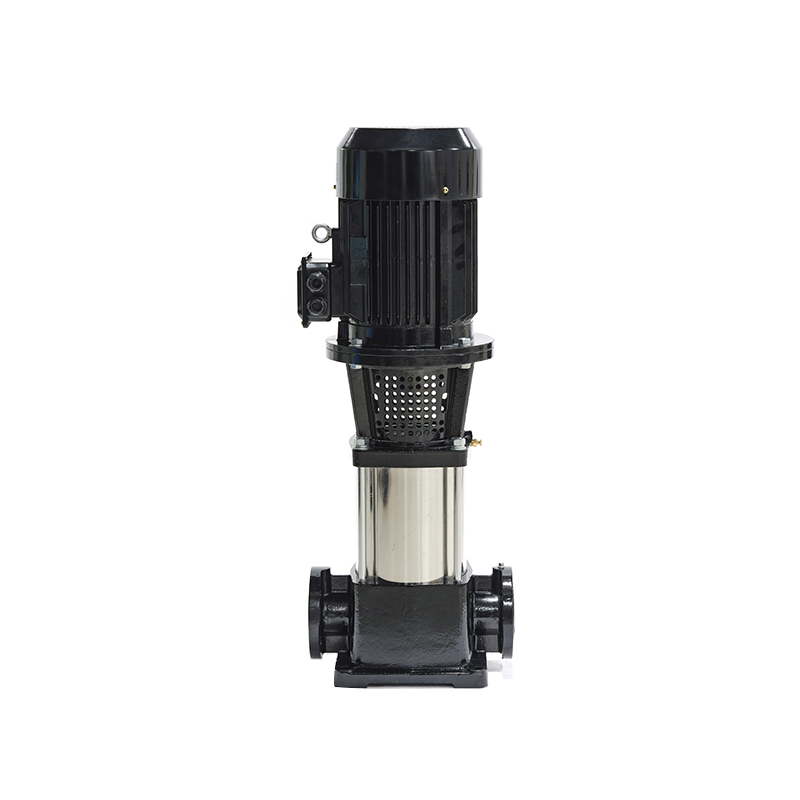
Variable Frequency Drives (VFDs): Many pumps are equipped with VFDs that adjust motor speed in real-time based on system demand, improving energy efficiency and reducing wear.
Low Noise and Vibration: Improved bearing design and shaft balancing help ensure quiet and smooth operation—ideal for use in noise-sensitive environments.
Modular Construction: Easy maintenance is enabled through detachable cartridge seals and replaceable components, downtime.
Benefits That Make a Difference
Vertical multistage pipeline pumps offer several key advantages over traditional pumping solutions:
Pressure Performance: With multiple impeller stages, these pumps are designed to deliver higher head with lower energy consumption compared to single-stage pumps.
Energy Savings: The efficiency gained through staged pressure generation and VFD compatibility results in lower operational costs and reduced carbon footprint.
Space Optimization: Their slim, vertical profile allows installation in tight spaces, ideal for mechanical rooms, rooftops, or underground pump stations.
System Versatility: These pumps handle a wide range of fluids, including clean water, light chemicals, and process fluids, making them suitable across various industries.
Reduced Lifecycle Costs: Lower energy use, fewer mechanical failures, and longer service intervals contribute to a more economical solution over time.
Applications Across Industries
The versatility and reliability of vertical multistage pipeline pumps make them a staple in diverse sectors:
High-Rise and Commercial Buildings: Ensuring consistent water pressure across multiple floors is a challenge easily solved by multistage pumps, especially when integrated into centralized water supply systems.
Municipal Water Distribution: These pumps maintain stable pressure in long-distance water transmission pipelines and pressure zones in city water networks.
Industrial Process Water: In food processing, electronics, textiles, and other industries, vertical multistage pumps are used for cooling systems, boiler feeds, and water purification processes.
Irrigation and Agriculture: Precision irrigation systems rely on multistage pumps for constant water delivery across fields and hilly terrain.
HVAC Systems: These pumps circulate water in heating and cooling systems, supporting energy-efficient climate control in large buildings.
Market Trends and Future Outlook
The global demand for vertical multistage pipeline pumps is on the rise, driven by rapid urbanization, industrial automation, and growing infrastructure investment. Green building certifications and energy conservation laws are also prompting developers and facility managers to adopt high-efficiency pumps.


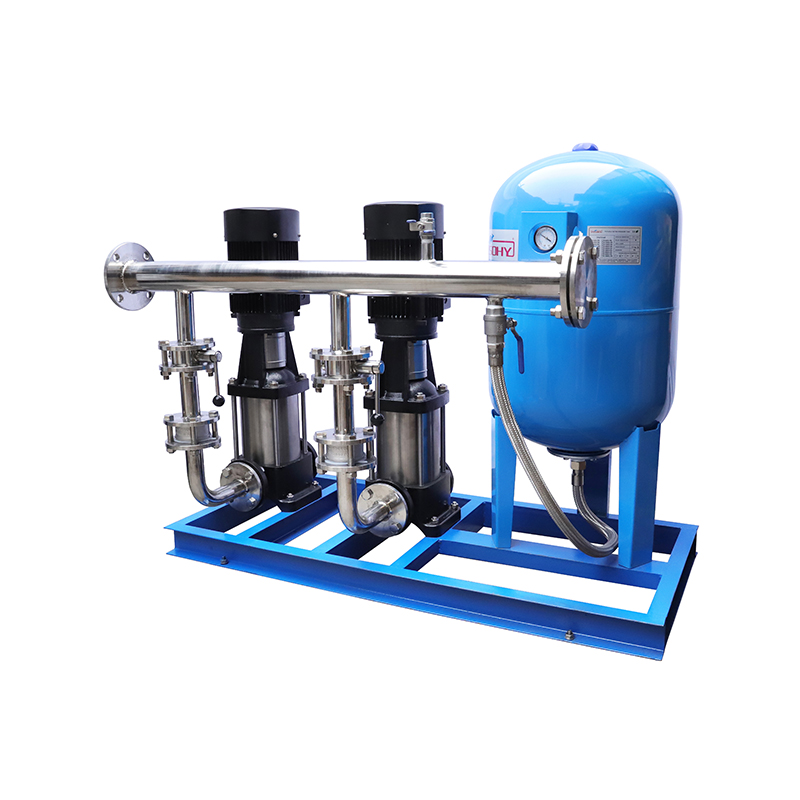
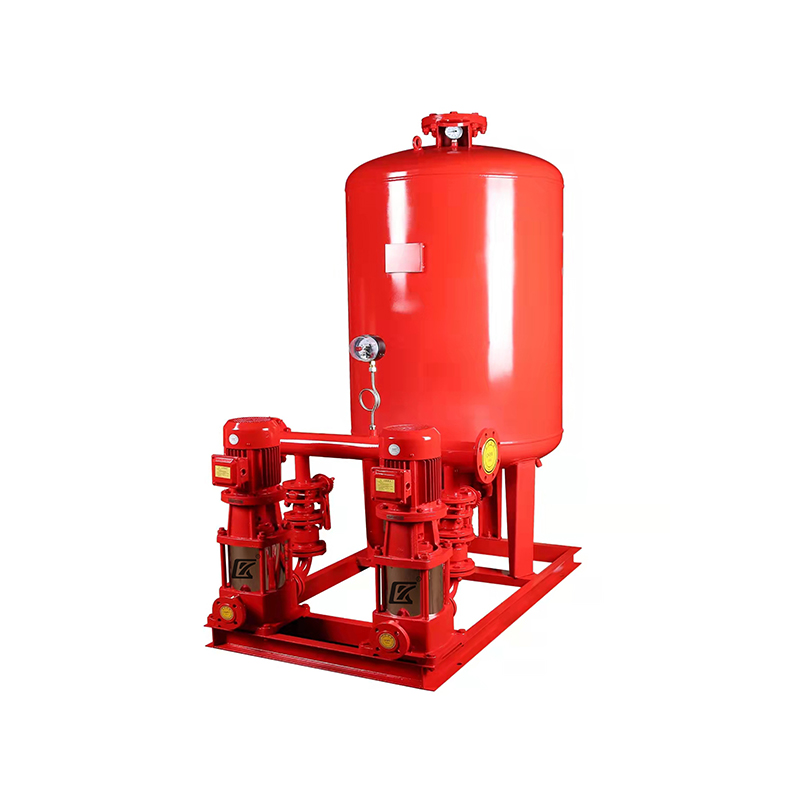
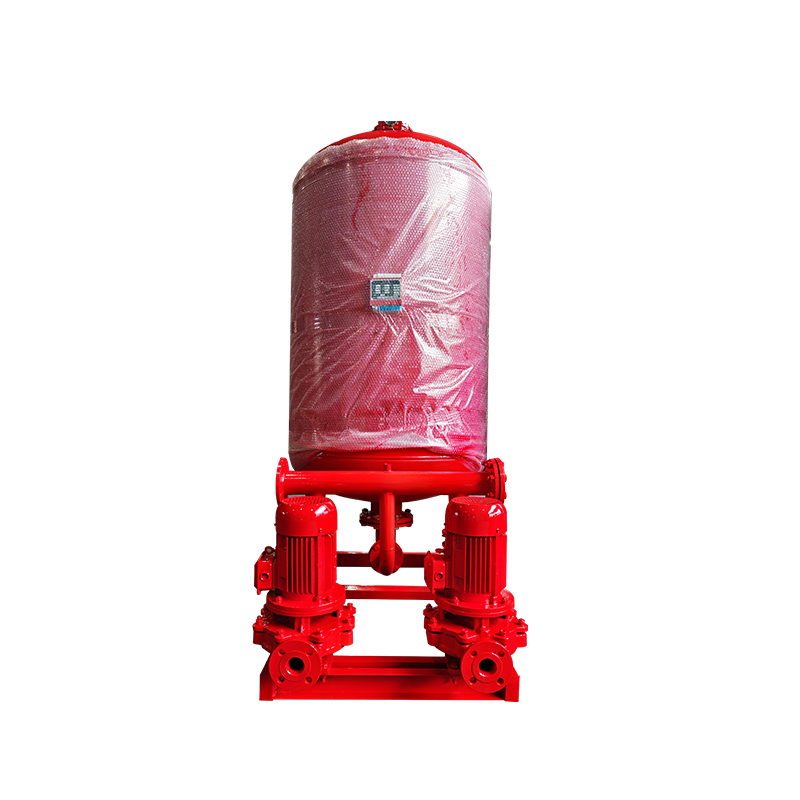

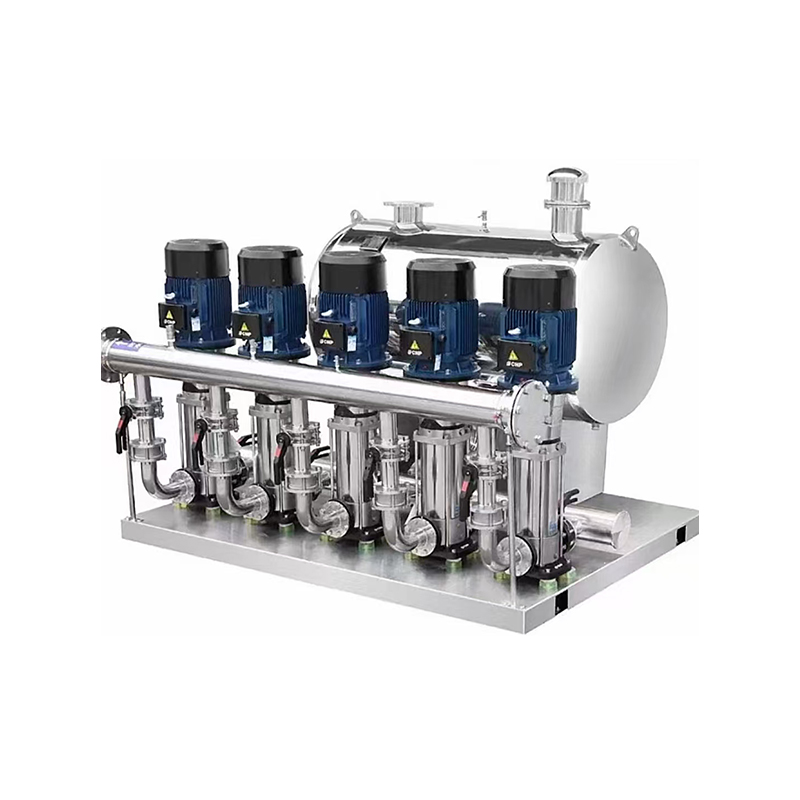
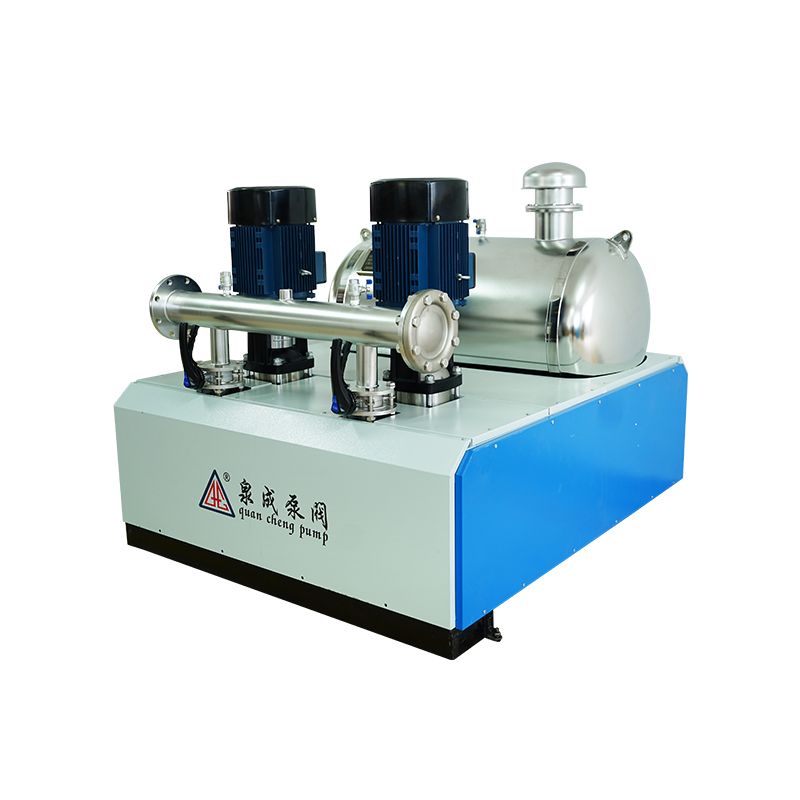
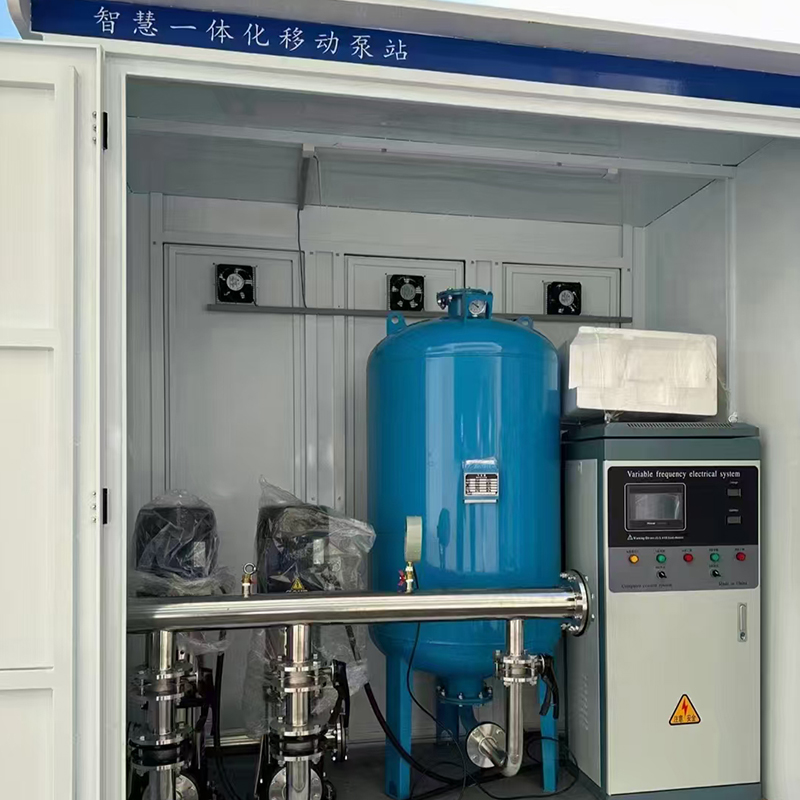

 浙公网安备33032402001888号
浙公网安备33032402001888号
